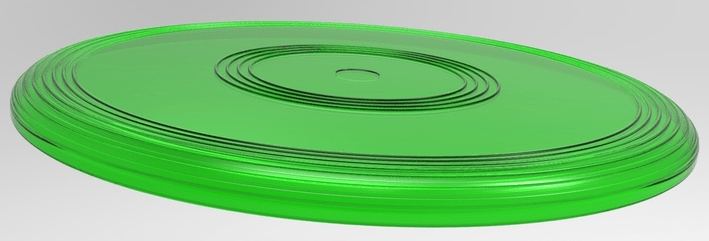
Meet NGC 1566, an intermediate spiral galaxy in the constellation Fornax.
To the human eye, this galaxy looks almost like any other spiral: It has a central nucleus and spiral arms, and it’s full of gas and dust. As an “intermediate” spiral, its nucleus has a bit of a barred structure, but not a strong one. All that’s pretty normal, as galaxies go.
But if we look a little closer, we see that this galaxy’s nucleus is unusually bright, especially for its small size.
As it turns out, NGC 1566 isn’t so normal after all…
Continue reading